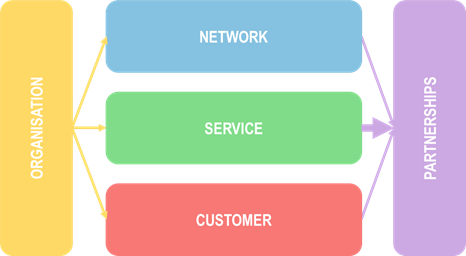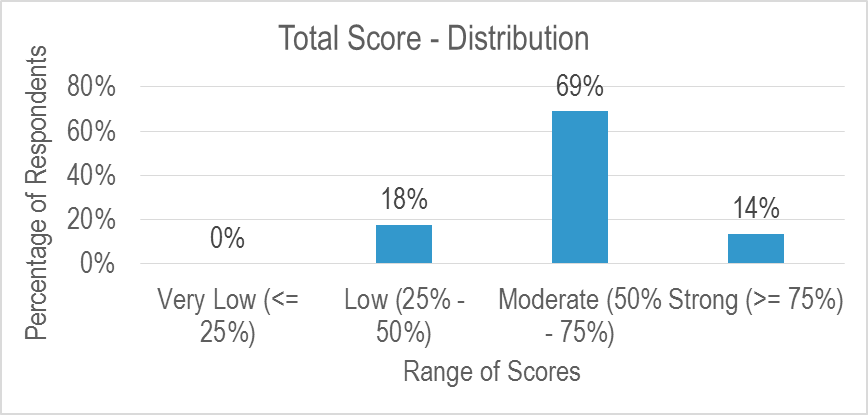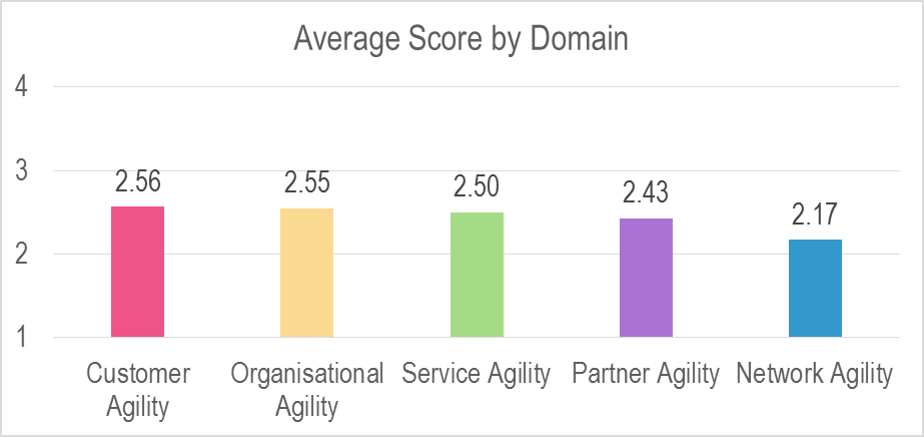Telco 2.0™ Research
The Future Of Telecoms And How To Get There
The Future Of Telecoms And How To Get There
|
Summary: How agile are telcos today, what are the barriers and opportunities, and what can be done to improve agility? We look in depth at the findings from the Telco 2.0 Agility Challenge, and identify some key steps for telcos and partners to take, including specific organisational strategies to be 'Agile by Design' and the need for an ‘information intensive’ culture. (July 2015, Executive Briefing Service.) |
|
Below is an edited extract from this 22 page Telco 2.0 Report that can be downloaded in full in PDF format by members of the Telco 2.0 Executive Briefing Service here. To find out more about how to join or access this report please see here or call +44 (0) 207 247 5003.
Agility is a highly desirable capability for telecoms operators seeking to compete and succeed in their core businesses and the digital economy in general. In our latest industry research, we found that most telco executives that responded rated their organisations as ‘moderately agile’, and identified a number of practical steps that telco management could and should take to improve agility.
In the Telco 2.0 Agility Challenge, STL Partners first researched with 29 senior telecoms operator executives a framework to define agility in the industry’s own terms, and then gathered quantitative input to benchmark the industry’s agility from 74 further executives via an online self-diagnosis tool. The analysis in this report examines the aggregate quantitative input of those executives.
The Telco 2.0 Agility framework comprises the five agility domains illustrated below.
Figure 4: The Telco 2.0 Agility Framework

Source: STL Partners, The ‘Agile Operator’: 5 Key Ways to Meet the Agility Challenge
A key finding of the first stage was that all of the executives we spoke to considered achieving agility as very important or critical to their organisations’ success, as exemplified by this quote.
“It is fundamental to be agile. For me it is much more important than being lean – it is more than just efficiency.”
European Telco CTO
This research project was kindly sponsored by Ericsson. STL Partners independently created the methodology, questions, findings, analysis and conclusions.
This report details:
Just over two thirds of respondents achieved a total score between 50%-75%. All of the twenty questions had 4 choices, so a score in this range means that for most of the questions these respondents were choosing the second or third option out of four choices increasing from the least to the most agile. The mean score achieved was 63% and the median 61%. This shows that most telcos believe they have some way to go before they would realistically consider themselves truly Agile by the definition set out in the benchmark.
Figure 5: Distribution of Total Agility Scores

Source: STL Partners Telco 2.0 Agility Challenge, n =74
A further part of the Agility Challenge was to identify Agility Champions, who were recognised through Agility Domain Awards at TM Forum Live! in Nice in June. The winners of these prizes were additionally interviewed by STL Partners to check the evidence of their claims, and the winners were:
Most respondents scored lower on Network Agility than the other domains, and we believe this is partly because the network criteria were harder to achieve (e.g. configuring networks in real time) but also that achieving meaningful agility in a network is as a rule harder than in the other areas.
Figure 6: Average Score by Agility Domain

Note: The maximum score was 4 and the minimum 1, with 4 = Strongly Agile, 3 = Mostly Agile, 2 = Somewhat Agile, and 1 = Not Agile.
Source: STL Partners, n = 74
To access the rest of this 22 page Telco 2.0 Report in full, including...
...and the following report figures...
...Members of the Telco 2.0 Executive Briefing Service and Dealing with Disruption Stream can download the full 22 page report in PDF format here. Non Members and for all other enquiries please see here or call +44 (0) 207 247 5003.
Technologies and industry terms referenced include: agility, organisation, network, customer, service, partner, strategy, telecoms, innovation, LEAN, metrics, structure.